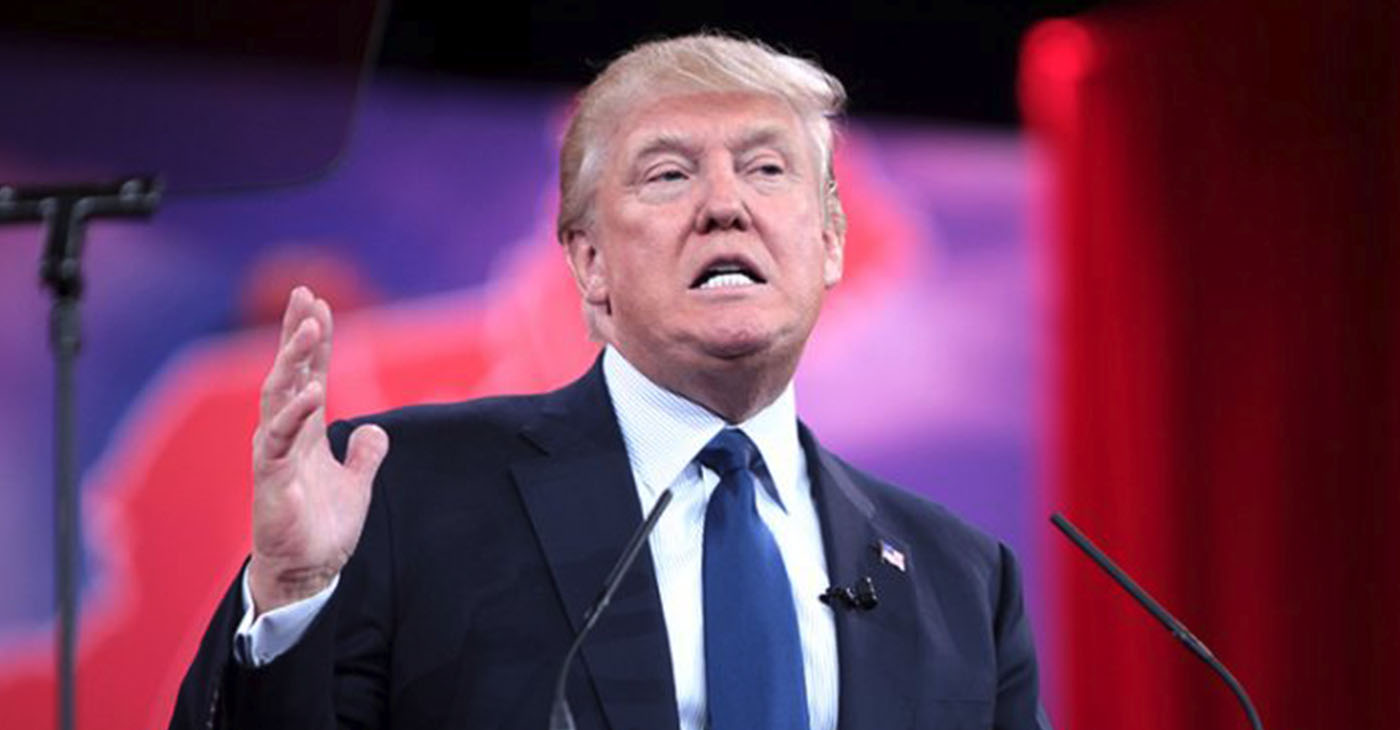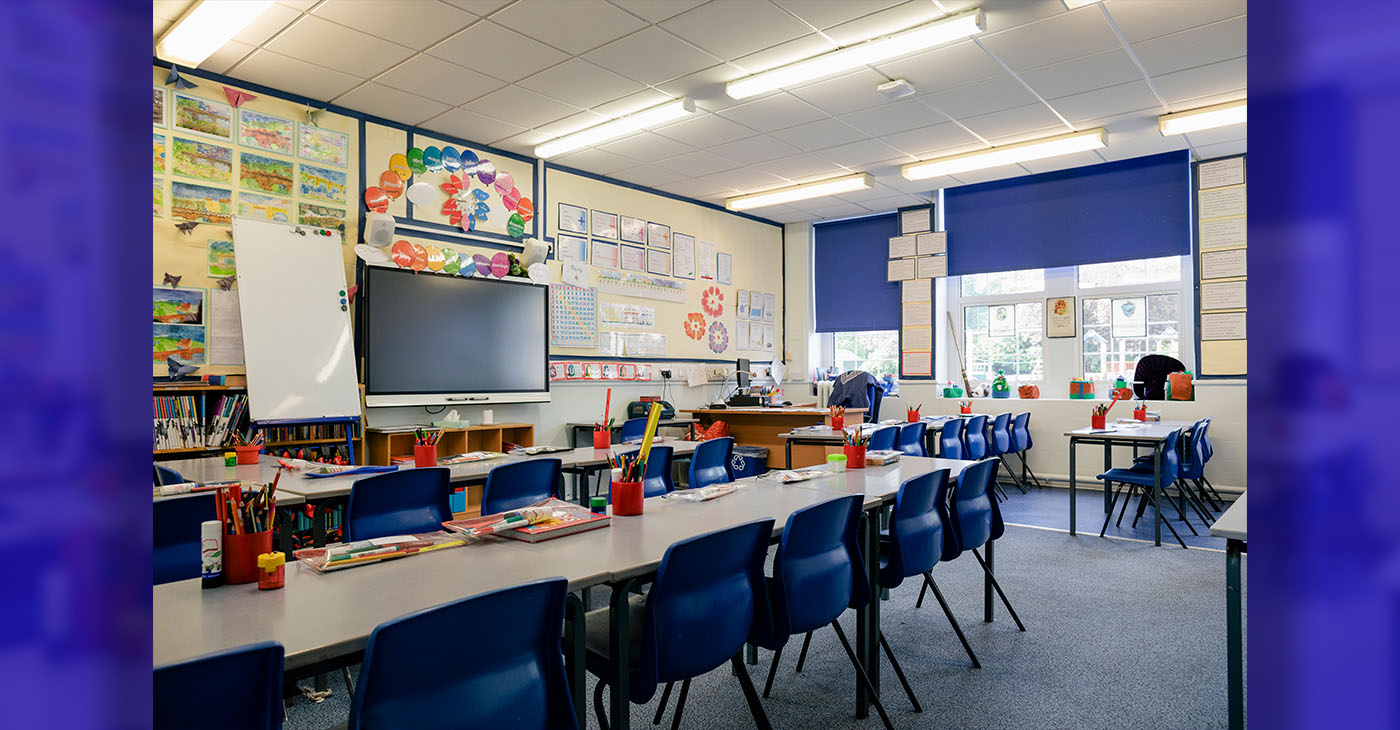#NNPA BlackPress
Coalition seeks ban on flavored tobacco products
WAVE NEWSPAPERS — ity and county officials have examined the idea of banning flavored tobacco products in recent months, and a coalition of health experts, educators and students gathered Aug. 14 to voice their support of such a prohibition. The L.A. Families Fighting Flavored Tobacco coalition hosted a news conference in front of the Kenneth Hahn Hall of Administration after they spoke at a county Health and Mental Health Services cluster meeting. Supporters held inflatable candy and signs to protest the ways in which flavored nicotine products are marketed to children.
By Wire News Service
LOS ANGELES — City and county officials have examined the idea of banning flavored tobacco products in recent months, and a coalition of health experts, educators and students gathered Aug. 14 to voice their support of such a prohibition.
The L.A. Families Fighting Flavored Tobacco coalition hosted a news conference in front of the Kenneth Hahn Hall of Administration after they spoke at a county Health and Mental Health Services cluster meeting. Supporters held inflatable candy and signs to protest the ways in which flavored nicotine products are marketed to children.
“Products like e-cigarette flavors such as cotton candy, lemonade, bubble gum, they’re clearly marketed toward young people,” Annie Tegan of the Campaign for Tobacco-Free Kids said. “Menthol cigarettes would also be banned because they’re a flavored product.”
Tegan said there have been reports of children as young as 10 using the flavored tobacco products.
“Flavored tobacco products have been around a long time, and e-cigarette companies have taken a leaf out of big tobacco’s book, and now they’re marketing it to young people,” Tegan said.
She said one of the biggest concerns is that the Food and Drug Administration has not yet stepped in to regulate electronic cigarettes nor its flavored products, and it’s also troubling that some of the long-term effects of “vaping” are not yet known.
The coalition members said they have given suggestions to county officials but are still waiting to see what the proposed laws to ban them would look like. The county banned vaping nicotine products in public areas, along with cannabis, in March.
The Los Angeles City Council voted in April to investigate ways to curb the sale of flavored tobacco products to youth and young adults and study how other cities are tackling the issue.
“We need to tell these companies to get the candy out of these products,” said Jackie Goldberg, an LAUSD school board member. “We have not had, until recent years, a problem with smoking cigarettes and tobacco in our middle schools. It’s been a problem at the high school level for years, but not middle school.”
Goldberg said the school district is working with law enforcement and the Los Angeles City Attorney’s Office, which announced similar plans last year, to increase enforcement against sales of flavored tobacco products to minors.
LAUSD received a two-year, $4 million grant to create a student-led campaign to try to educate pupils and families about the potential dangers of using flavored nicotine products. In California, the legal age to purchase flavored tobacco products is 21.
“Nicotine taken by youth has a serious health impact,” said Jessica Simms, a board member of the Los Angeles division of the American Heart Association. “[Children] can’t study well, they can’t concentrate when their brain is exposed to nicotine. Once they’re hooked, it’s likely to be a lifelong addiction.”
Simms said people who use nicotine products before the age of 25 are more likely to use the products longer into their lives, which makes that age group a target for the companies.
Two students from Animo Leadership Charter High School spoke about their experiences with flavored nicotine products and how peer pressure led one of them to try the devices, which got her into trouble. Today, they are part of organizations supporting the ban on the products.
“This is not a small issue,” Goldberg said. “This is a health crisis.”
According to a survey released Aug. 19, cigarette smoking has reached a historic low among Los Angeles County high school students, but vaping is on the rise, with more than 30 percent of students reporting that they have used e-cigarette products,
The 2017-18 California Student Tobacco Survey and the California Healthy Kids Survey reported that 10% of Los Angeles County high school students regularly use e-cigarettes, up from 6.4% the previous year. E-cigarettes used for vaping were the most commonly used tobacco product among high school students, the survey found. Only about 1.7% of students expressed a preference for cigarette smoking.
“A new generation has become addicted to nicotine through flavored vape products like e-cigarettes,” Barbara Ferrer, director of the Los Angeles County Department of Public Health, said in a statement. “The epidemic of our youth becoming addicted to nicotine by flavors and flavored tobacco is unacceptable, and we will work to reverse this trend as we partner with others to ensure a tobacco-free generation.”
According to the survey, 83% of high school students who use tobacco reported using a flavored product, with fruit or sweet flavors the most popular.
This article originally appeared in the Wave Newspapers.
#NNPA BlackPress
Recently Approved Budget Plan Favors Wealthy, Slashes Aid to Low-Income Americans
BLACKPRESSUSA NEWSWIRE — The most significant benefits would flow to the highest earners while millions of low-income families face cuts
By Stacy M. Brown
BlackPressUSA.com Senior National Correspondent
The new budget framework approved by Congress may result in sweeping changes to the federal safety net and tax code. The most significant benefits would flow to the highest earners while millions of low-income families face cuts. A new analysis from Yale University’s Budget Lab shows the proposals in the House’s Fiscal Year 2025 Budget Resolution would lead to a drop in after-tax-and-transfer income for the poorest households while significantly boosting revenue for the wealthiest Americans. Last month, Congress passed its Concurrent Budget Resolution for Fiscal Year 2025 (H. Con. Res. 14), setting revenue and spending targets for the next decade. The resolution outlines $1.5 trillion in gross spending cuts and $4.5 trillion in tax reductions between FY2025 and FY2034, along with $500 billion in unspecified deficit reduction.
Congressional Committees have now been instructed to identify policy changes that align with these goals. Three of the most impactful committees—Agriculture, Energy and Commerce, and Ways and Means—have been tasked with proposing major changes. The Agriculture Committee is charged with finding $230 billion in savings, likely through changes to the Supplemental Nutrition Assistance Program (SNAP), also known as food stamps. Energy and Commerce must deliver $880 billion in savings, likely through Medicaid reductions. Meanwhile, the Ways and Means Committee must craft tax changes totaling no more than $4.5 trillion in new deficits, most likely through extending provisions of the 2017 Tax Cuts and Jobs Act. Although the resolution does not specify precise changes, reports suggest lawmakers are eyeing steep cuts to SNAP and Medicaid benefits while seeking to make permanent tax provisions that primarily benefit high-income individuals and corporations.
To examine the potential real-world impact, Yale’s Budget Lab modeled four policy changes that align with the resolution’s goals:
- A 30 percent across-the-board cut in SNAP funding.
- A 15 percent cut in Medicaid funding.
- Permanent extension of the individual and estate tax cuts from the 2017 Tax Cuts and Jobs Act.
- Permanent extension of business tax provisions including 100% bonus depreciation, expense of R&D, and relaxed limits on interest deductions.
Yale researchers determined that the combined effect of these policies would reduce the after-tax-and-transfer income of the bottom 20 percent of earners by 5 percent in the calendar year 2026. Households in the middle would see a modest 0.6 percent gain. However, the top five percent of earners would experience a 3 percent increase in their after-tax-and-transfer income.
Moreover, the analysis concluded that more than 100 percent of the net fiscal benefit from these changes would go to households in the top 20 percent of the income distribution. This happens because lower-income groups would lose more in government benefits than they would gain from any tax cuts. At the same time, high-income households would enjoy significant tax reductions with little or no loss in benefits.
“These results indicate a shift in resources away from low-income tax units toward those with higher incomes,” the Budget Lab report states. “In particular, making the TCJA provisions permanent for high earners while reducing spending on SNAP and Medicaid leads to a regressive overall effect.” The report notes that policymakers have floated a range of options to reduce SNAP and Medicaid outlays, such as lowering per-beneficiary benefits or tightening eligibility rules. While the Budget Lab did not assess each proposal individually, the modeling assumes legislation consistent with the resolution’s instructions. “The burden of deficit reduction would fall largely on those least able to bear it,” the report concluded.
#NNPA BlackPress
A Threat to Pre-emptive Pardons
BLACKPRESSUSA NEWSWIRE — it was a possibility that the preemptive pardons would not happen because of the complicated nature of that never-before-enacted process.

By April Ryan
President Trump is working to undo the traditional presidential pardon powers by questioning the Biden administration’s pre-emptive pardons issued just days before January 20, 2025. President Trump is seeking retribution against the January 6th House Select Committee. The Trump Justice Department has been tasked to find loopholes to overturn the pardons that could lead to legal battles for the Republican and Democratic nine-member committee. Legal scholars and those closely familiar with the pardon process worked with the Biden administration to ensure the preemptive pardons would stand against any retaliatory knocks from the incoming Trump administration. A source close to the Biden administration’s pardons said, in January 2025, “I think pardons are all valid. The power is unreviewable by the courts.”
However, today that same source had a different statement on the nuances of the new Trump pardon attack. That attack places questions about Biden’s use of an autopen for the pardons. The Trump argument is that Biden did not know who was pardoned as he did not sign the documents. Instead, the pardons were allegedly signed by an autopen. The same source close to the pardon issue said this week, “unless he [Trump] can prove Biden didn’t know what was being done in his name. All of this is in uncharted territory. “ Meanwhile, an autopen is used to make automatic or remote signatures. It has been used for decades by public figures and celebrities.
Months before the Biden pardon announcement, those in the Biden White House Counsel’s Office, staff, and the Justice Department were conferring tirelessly around the clock on who to pardon and how. The concern for the preemptive pardons was how to make them irrevocable in an unprecedented process. At one point in the lead-up to the preemptive pardon releases, it was a possibility that the preemptive pardons would not happen because of the complicated nature of that never-before-enacted process. President Trump began the threat of an investigation for the January 6th Select Committee during the Hill proceedings. Trump has threatened members with investigation or jail.
#NNPA BlackPress
Reaction to The Education EO
BLACKPRESSUSA NEWSWIRE — Meanwhile, the new Education EO jeopardizes funding for students seeking a higher education. Duncan states, PellGrants are in jeopardy after servicing “6.5 million people” giving them a chance to go to college.

By April Ryan
There are plenty of negative reactions to President Donald Trump’s latest Executive Order abolishing the Department of Education. As Democrats call yesterday’s action performative, it would take an act of Congress for the Education Department to close permanently. “This blatantly unconstitutional executive order is just another piece of evidence that Trump has absolutely no respect for the Constitution,” said Rep. Maxine Waters (D-CA) who is the ranking member on the House Financial Services Committee. “By dismantling ED, President Trump is implementing his own philosophy on education, which can be summed up in his own words, ‘I love the poorly educated.’ I am adamantly opposed to this reckless action, said Rep. Bobby Scott who is the most senior Democrat on the House Education and Workforce Committee.
Morgan State University President Dr. David Wilson chimed in saying “I’m deeply concerned about efforts to shift federal oversight in education back to the states, particularly regarding equity, justice, and fairness. History has shown us what happens when states are left unchecked—Black and poor children are too often denied access to the high-quality education they deserve. In 1979 then President Jimmy Carter signed a law creating the Department of Education. Arne Duncan, former Obama Education Secretary, reminds us that both Democratic and Republican presidents have kept education a non-political issue until now. However, Duncan stressed Republican presidents have contributed greatly to moving education forward in this country.
During a CNN interview this week Duncan said during the Civil War President Abraham “Lincoln created the land grant system” for colleges like Tennessee State University. “President Ford brought in IDEA.” And “Nixon signed Pell Grants into law.” In 2001, the No Child Left Behind Act was signed into law by President George W. Bush which increased federal oversight of schools through standardized testing. Meanwhile, the new Education EO jeopardizes funding for students seeking higher education. Duncan states, PellGrants are in jeopardy after servicing “6.5 million people” giving them a chance to go to college. Wilson details, “that 40 percent of all college students rely on Pell Grants and student loans.”
Rep. Alma Adams (D-NC) says this Trump action “impacts students pursuing higher education and threatens 26 million students across the country, taking billions away from their educational futures. Meanwhile, During the president’s speech in the East Room of the White House Thursday, Trump criticized Baltimore City, and its math test scores with critical words. Governor West Moore, who is opposed to the EO action, said about dismantling the Department of Education, “Leadership means lifting people up, not punching them down.”
-

 #NNPA BlackPress4 weeks ago
#NNPA BlackPress4 weeks agoTarget Takes a Hit: $12.4 Billion Wiped Out as Boycotts Grow
-

 Activism4 weeks ago
Activism4 weeks agoUndocumented Workers Are Struggling to Feed Themselves. Slashed Budgets and New Immigration Policies Bring Fresh Challenges
-

 #NNPA BlackPress4 weeks ago
#NNPA BlackPress4 weeks agoBREAKING Groundbreaking Singer Angie Stone Dies in Car Accident at 63
-

 Arts and Culture4 weeks ago
Arts and Culture4 weeks agoBeverly Lorraine Greene: A Pioneering Architect and Symbol of Possibility and Progress
-

 Activism3 weeks ago
Activism3 weeks agoOakland Post: Week of March 5 – 11, 2025
-

 #NNPA BlackPress1 week ago
#NNPA BlackPress1 week agoRev. Dr. Jamal Bryant’s Black Church Target Boycott Mobilizes 150,000
-

 #NNPA BlackPress4 weeks ago
#NNPA BlackPress4 weeks agoTrump Moves to Dismantle Education Department
-

 #NNPA BlackPress3 weeks ago
#NNPA BlackPress3 weeks agoFighting to Keep Blackness



















































